15 Overlooked Capitals With Surprising Historic Charm
Some state capitals rarely make travel lists, yet many of them hold rich stories and timeless charm. These smaller cities often surprise visitors with well-preserved architecture, historic streets, and local traditions that shaped their regions. From riverside landmarks to old frontier buildings, each one reveals a quieter side of American history. Visiting these overlooked capitals feels like stepping into a living time capsule with character at every turn.
This post may contain affiliate links, which helps keep this content free. Please read our disclosure for more info.
Montpelier, Vermont
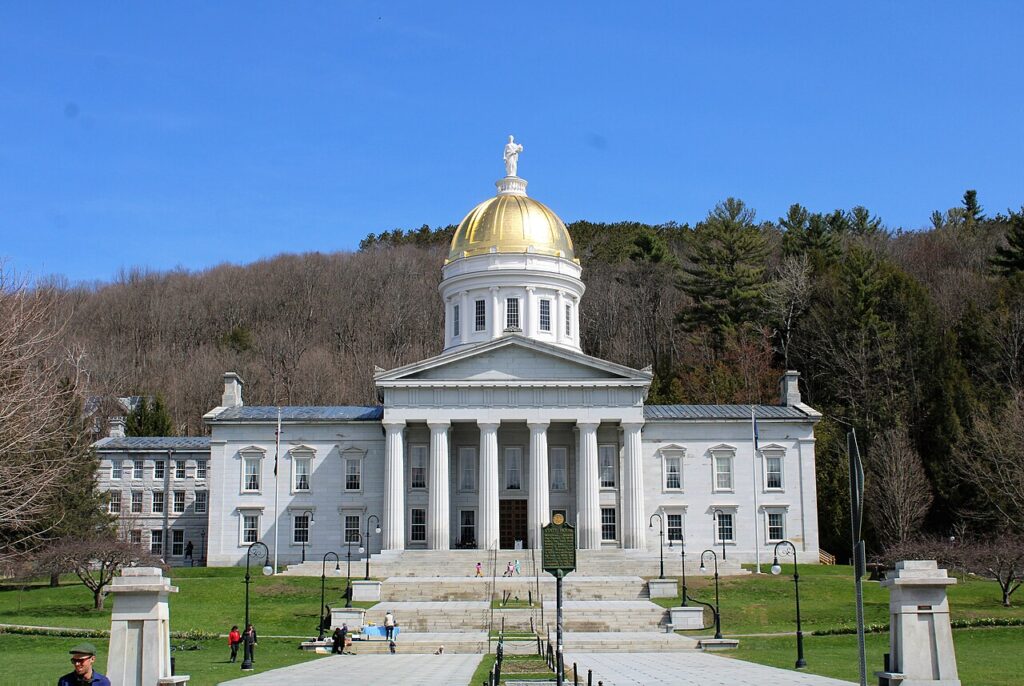
Montpelier is the smallest state capital in the U.S., yet it overflows with old-world character and natural beauty. Its historic downtown feels like a step back in time, filled with 19th-century brick buildings and local shops that still anchor community life. The Vermont State House, topped with its golden dome, gleams above tree-lined streets and welcomes visitors year-round. Fall adds a special glow, when the surrounding hills turn fiery red and orange.
History runs deep here, from early trade routes to the Civil War memorials scattered around town. Families enjoy the walkable streets and local museums that make learning about the past feel effortless. Seasonal farmers markets, cozy cafés, and the calm Winooski River give Montpelier a warm, small-town rhythm that makes it easy to linger.
Concord, New Hampshire
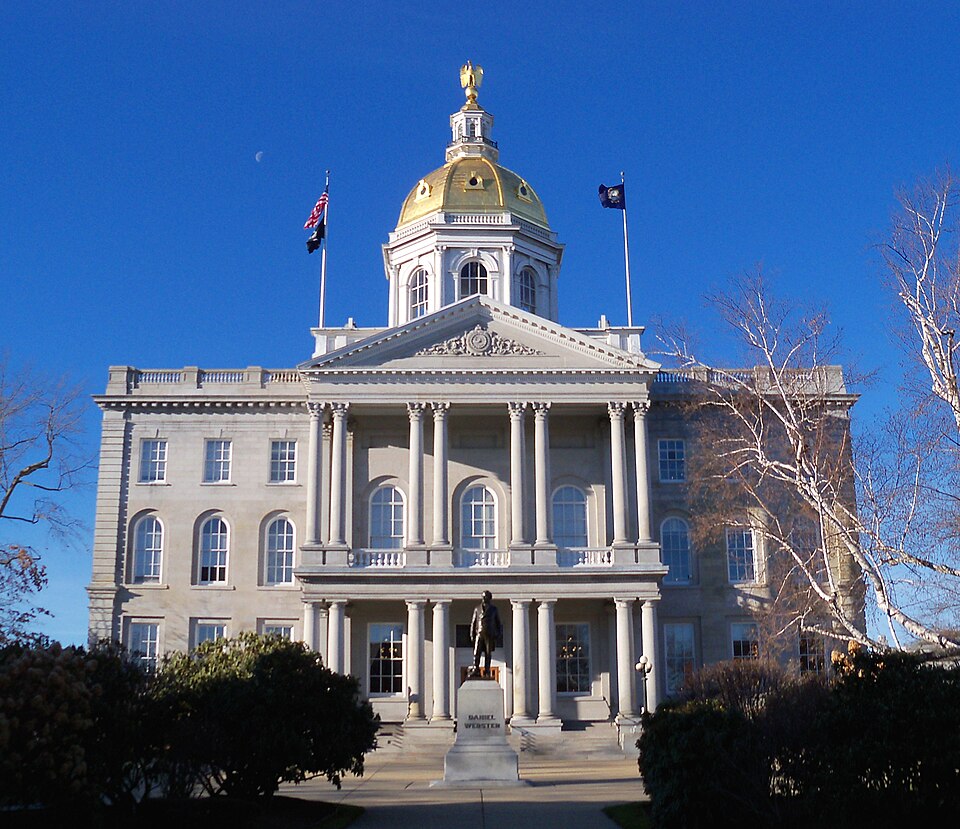
Concord blends quiet charm with strong roots in American history. The State House, built in 1819, still operates as the nation’s oldest state capitol where lawmakers meet in the original chambers. Visitors can walk through its marble halls, then stroll down Main Street lined with independent bookstores and local diners. In winter, the nearby trails and snow-covered roofs make it look like a storybook town.
Concord’s history lives in its museums, like the New Hampshire Historical Society and the Pierce Manse, home of President Franklin Pierce. Locals take pride in preserving their heritage, from the granite architecture to small-town festivals that celebrate art and music. It’s a capital that feels timeless yet refreshingly down to earth.
Helena, Montana

Once a gold rush boomtown, Helena holds layers of frontier history that shaped the state. Grand Victorian mansions and a Gothic-style cathedral rise from the rolling hills, giving the city an unexpected elegance. The Montana State Capitol showcases art that tells the story of the early pioneers and Native communities who lived here long before. The narrow streets and old mining trails still echo Helena’s Wild West past.
Families can hop aboard the Last Chance Tour Train to see historic districts and learn how gold built the town’s fortune. In summer, local festivals fill the parks with live music and food from nearby ranches. The surrounding mountains add a sense of adventure, making Helena a scenic mix of history and nature.
Carson City, Nevada
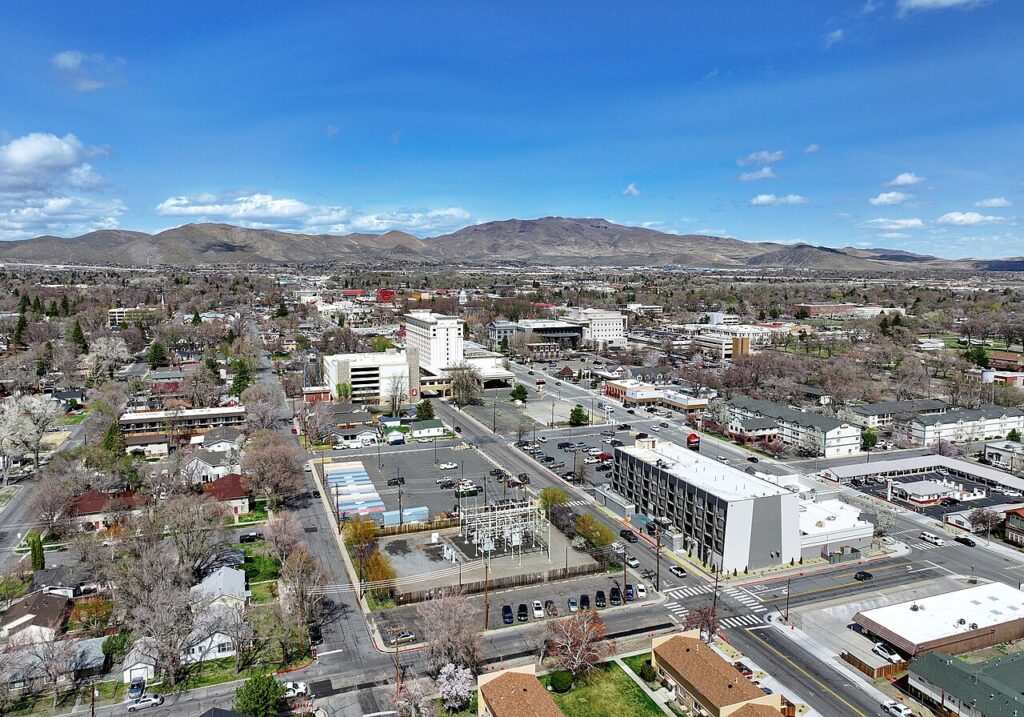
Carson City often gets overshadowed by nearby Reno and Lake Tahoe, yet it’s filled with Old West charm. Founded during the silver boom, its wide streets and frontier-style buildings reflect a past tied to miners and merchants. The Nevada State Museum, housed in a former mint, brings this era to life with hands-on exhibits and rare coins. The State Capitol itself is a marble treasure from the 1870s that still stands tall under leafy elms.
Visitors can follow the Kit Carson Trail, a walking path marked with blue footprints that winds past historic homes and landmarks. Antique shops and casual cafés make it easy to slow down and enjoy the desert air. Carson City proves that even the smallest capitals can tell big stories from America’s western frontier.
Jefferson City, Missouri

Set along the Missouri River, Jefferson City grew from a rugged frontier post into a capital full of neoclassical beauty. The limestone Capitol building dominates the skyline, its murals and sculptures celebrating the state’s rich past. Old Missouri Supreme Court rooms and preserved riverfront warehouses hint at an era when steamboats ruled the waterways. The pace is calm, yet the sense of heritage is strong everywhere you look.
Downtown blends museums, local restaurants, and family-friendly trails that trace the edge of the river. The nearby Missouri State Penitentiary, now a museum, offers an unforgettable glimpse into 19th-century prison life. For travelers who enjoy American history with a view, Jefferson City quietly delivers.
Frankfort, Kentucky
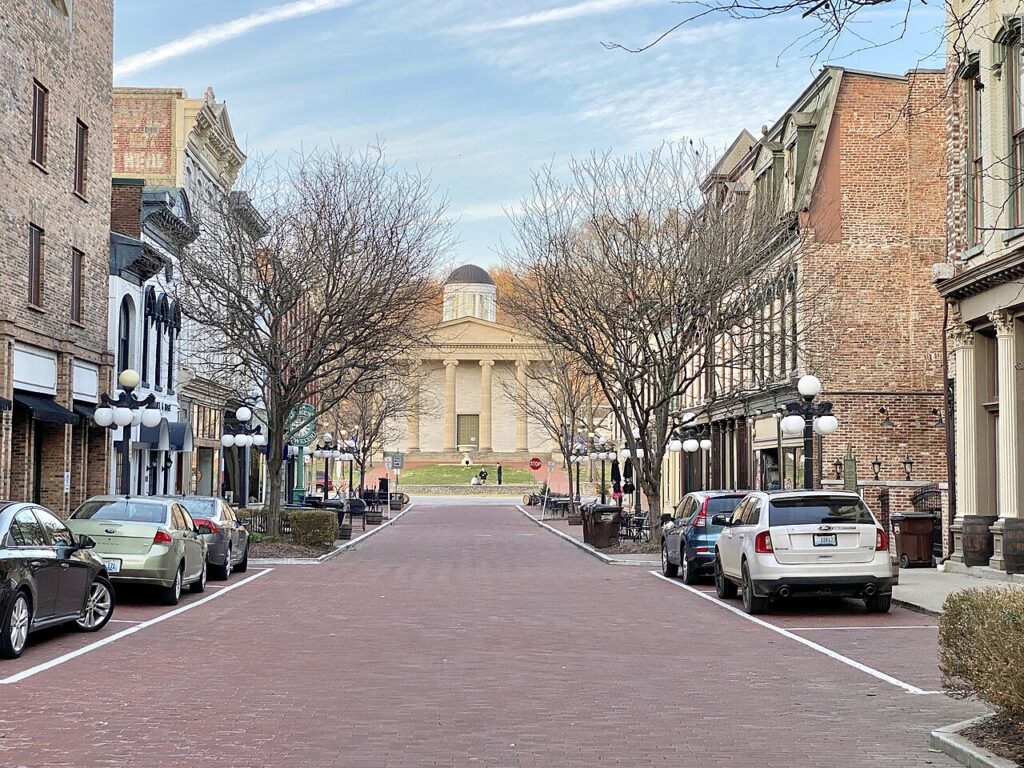
Frankfort feels more like a riverside town than a capital city, and that’s part of its charm. Historic buildings line narrow streets, while the Kentucky River winds through rolling green hills. The Old State Capitol stands as a graceful reminder of early 1800s architecture with limestone columns and detailed carvings. It’s easy to picture lawmakers riding in on horseback long ago.
The new Capitol, surrounded by manicured gardens, invites visitors to walk its marble halls and admire its rotunda. Local museums share stories of bourbon-making, Civil War struggles, and frontier families who shaped Kentucky’s identity. Despite its size, Frankfort offers an intimate look at the state’s cultural roots.
Dover, Delaware
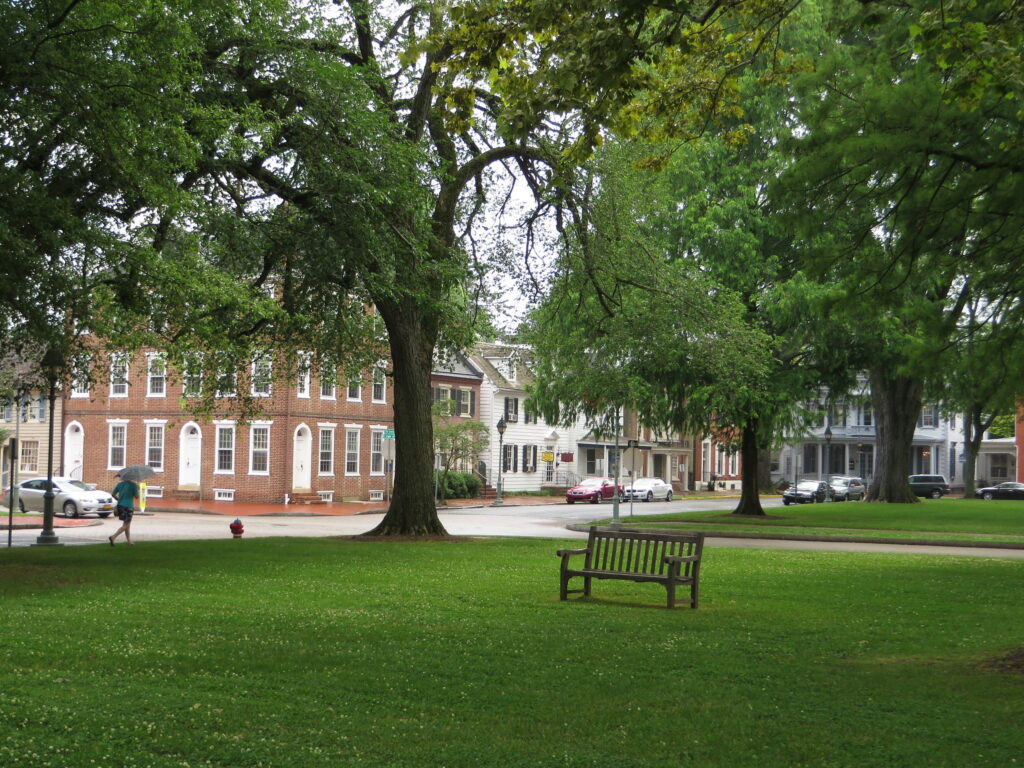
Dover is one of America’s most quietly historic capitals, filled with colonial homes and cobblestone walks. The Green, a public square dating back to 1717, once hosted debates that shaped the Declaration of Independence. Today, it’s a peaceful place framed by red-brick government buildings and white church steeples. Visitors can tour the Old State House, where history feels alive within each wood-paneled room.
This small city balances heritage and community spirit through local fairs and reenactments that celebrate Delaware’s past. Families appreciate the relaxed pace and the mix of museums that teach history in fun ways. Dover’s sense of continuity makes it easy to feel connected to centuries of change.
Pierre, South Dakota
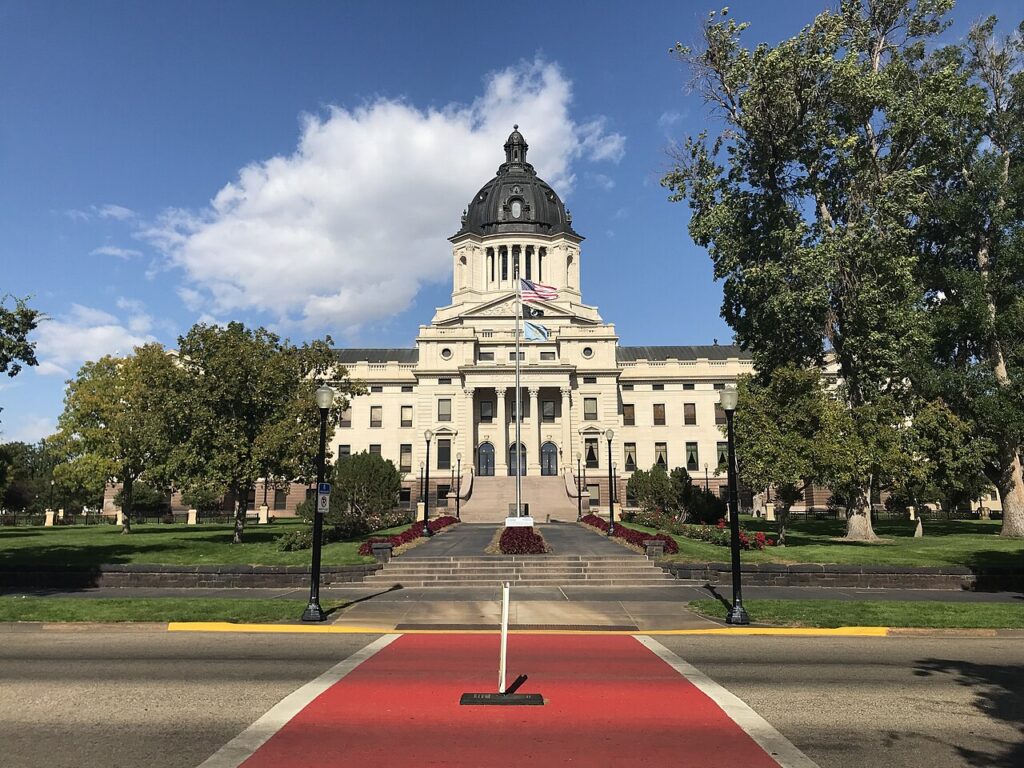
Pierre sits quietly along the Missouri River, surrounded by plains that stretch for miles. Its isolation adds to its charm, giving it a sense of stillness that reflects the state’s pioneer spirit. The Capitol, with its domed roof and marble floors, mirrors designs from the early 1900s and feels stately without being grandiose. Local landmarks honor both Native American and settler histories, showing how these stories intertwine.
Visitors enjoy the small-town feel, where fishing spots and walking trails sit just minutes from government buildings. The South Dakota Cultural Heritage Center blends exhibits about ranching life and early exploration. Pierre’s warmth comes from its simplicity, where history and daily life blend seamlessly.
Augusta, Maine
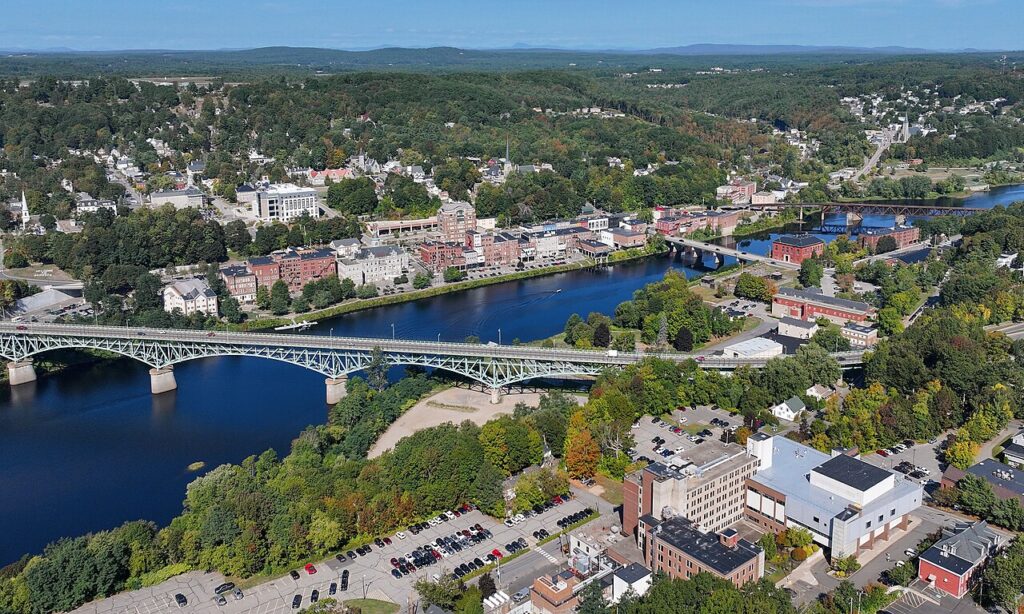
Augusta sits along the Kennebec River and has served as Maine’s capital since 1827. The city’s granite State House anchors a downtown filled with antique shops, local diners, and riverside parks. Its quiet streets reflect Maine’s slower rhythm, while colonial-era homes tell stories from centuries past. When the leaves change in fall, Augusta glows with color and character.
History lovers visit the Maine State Museum to see exhibits about shipbuilding, forestry, and early settlers. The nearby Old Fort Western, built in 1754, stands as one of the oldest surviving wooden forts in the country. Augusta may not seek attention, yet it offers one of New England’s most authentic glimpses into early American life.
Topeka, Kansas
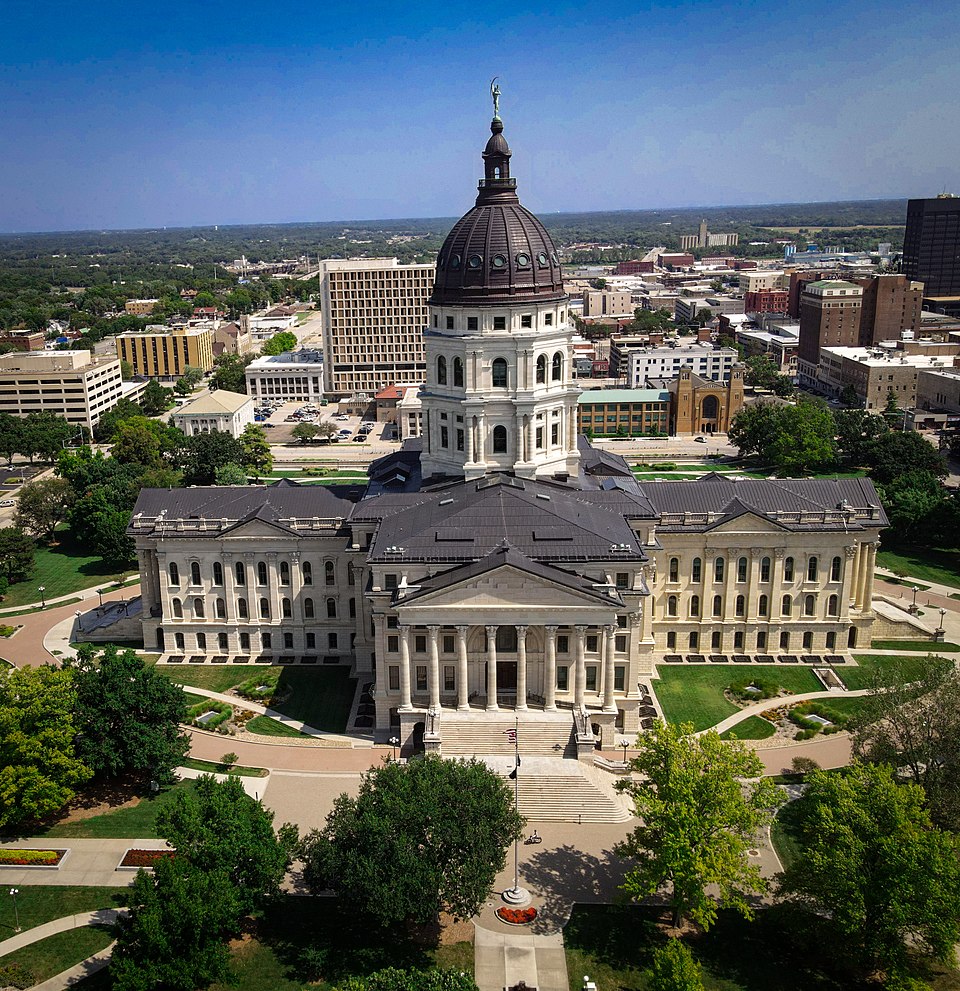
Topeka holds a key place in civil rights history and western expansion. The Kansas State Capitol showcases murals that honor pioneers and the famous Brown v. Board of Education case. Visitors can tour its dome for a panoramic view of the prairie landscape stretching for miles. The blend of history and heart gives Topeka a quiet power.
Neighborhoods filled with Victorian homes and small museums reveal how the capital grew through hard work and resilience. The Kansas Museum of History adds context with artifacts that trace settlement and rail development. Topeka may seem modest, but it’s a city that helped shape national conversations about justice and equality.
Santa Fe, New Mexico

Santa Fe stands out as one of the oldest capitals in the U.S., dating back to the early 1600s. Its adobe buildings and narrow streets keep centuries of Spanish and Native influence alive. The State Capitol, built in the shape of a Zia sun symbol, reflects the state’s rich cultural identity. The air smells of piñon wood, and the plazas fill with artists selling handcrafted works.
Every corner tells a story, from mission churches to the Palace of the Governors, one of America’s oldest public buildings. Families enjoy exploring the mix of art, history, and local food that defines Santa Fe’s charm. It’s a capital that celebrates heritage with warmth and color.
Annapolis, Maryland

Annapolis feels like a living museum, with cobblestone streets, harbor views, and Georgian brick homes that date to the 1700s. The Maryland State House is the oldest in continuous use, crowned by a wooden dome built without nails. It once hosted the Continental Congress, making it a vital piece of American history. Sailboats now line the harbor where merchants once traded goods by hand.
The U.S. Naval Academy adds another layer of tradition, drawing visitors to its grand campus. Families stroll along the waterfront, stopping for seafood and ice cream near historic taverns. Annapolis offers a charming blend of seafaring life and colonial pride that’s hard to find elsewhere.
Baton Rouge, Louisiana

Baton Rouge pairs Southern charm with French flair, reflected in its mix of Gothic and Art Deco architecture. The Old State Capitol, a castle-like structure overlooking the Mississippi River, feels straight out of a fairy tale. The newer Capitol, designed by Huey Long, rises 450 feet and marks one of the tallest in the nation. The view from the top stretches far across the riverbanks.
Music, food, and storytelling keep Baton Rouge’s spirit alive. Local museums explore its Creole and Cajun roots, while festivals fill the streets with brass bands and parades. History here feels vibrant and lived-in, a reminder of Louisiana’s complex cultural blend.
Charleston, West Virginia

Charleston sits where the Elk and Kanawha Rivers meet, surrounded by lush Appalachian hills. The gleaming gold dome of the West Virginia Capitol reflects in the water, creating one of the most striking sights in any state capital. Inside, marble and crystal chandeliers add elegance that contrasts with the rugged landscape outside. The Capitol complex feels both majestic and welcoming.
The city’s past unfolds through coal heritage museums and historic neighborhoods lined with early 20th-century homes. Local markets and riverside trails make it easy to balance culture with fresh air. Charleston’s mix of mountain scenery and civic pride makes it an underrated gem worth exploring.
Juneau, Alaska

Juneau’s beauty lies in its setting between mountains and sea, accessible only by boat or plane. Its historic downtown, filled with gold rush-era buildings, feels preserved by time. The Alaska State Capitol blends frontier simplicity with art that reflects Native traditions and local pride. Visitors can walk from museums to the waterfront in minutes, surrounded by stunning natural views.
The city’s past still shapes its rhythm, from old mining trails to fishing docks that define daily life. Families can tour the historic Governor’s Mansion or explore nearby glaciers that remind them how wild Alaska remains. Juneau’s mix of history, isolation, and breathtaking scenery makes it unlike any other capital in America.
This article originally appeared on Avocadu.
